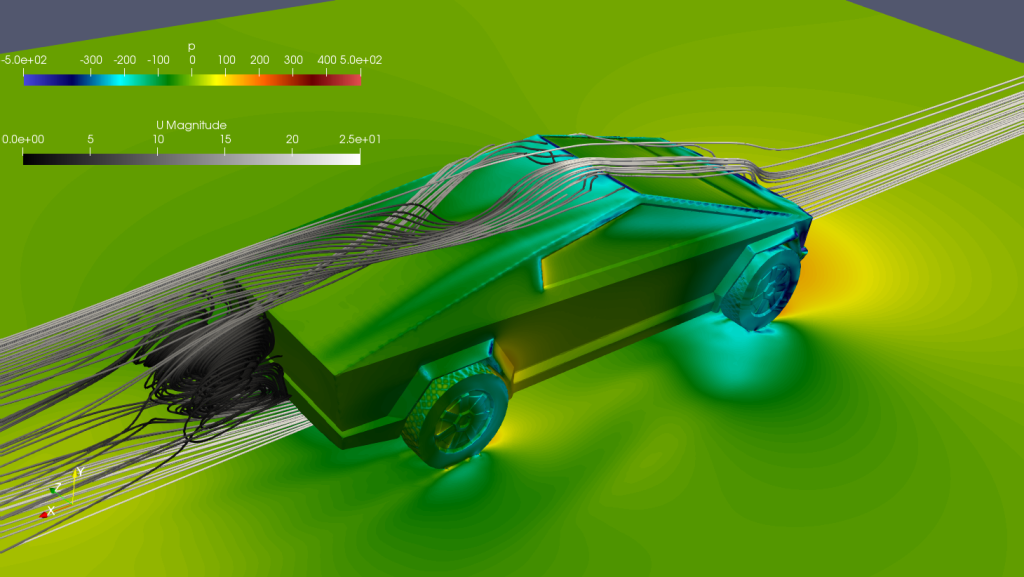OpenFOAM and DAKOTA: a Complete Guide
Running a single CFD simulation rarely provides enough information to find a good hydraulic or aerodynamic design of a component. In many cases the poor engineer has to wrestle an awfully long list of design parameters into a state-of-the-art shape. Luckily, OpenFOAM and DAKOTA together provide an almost ready-to-use solution just for that: Sensitivity analysis(long […]

